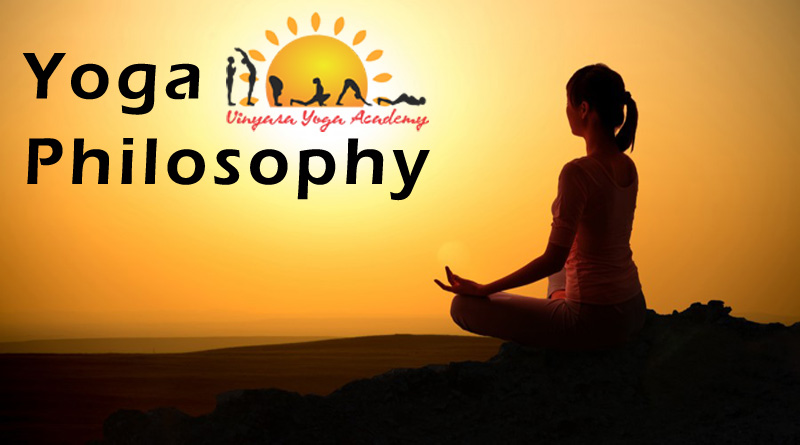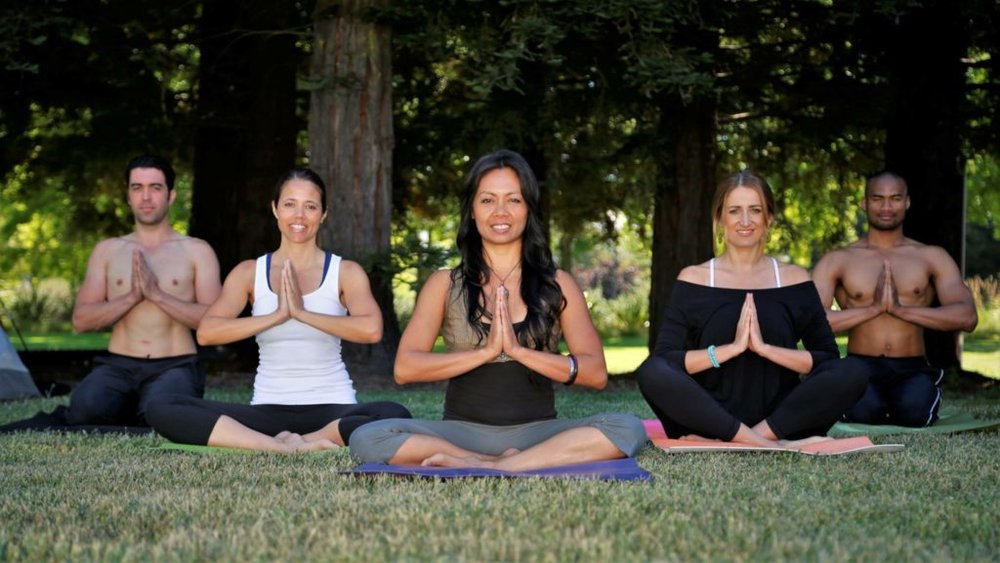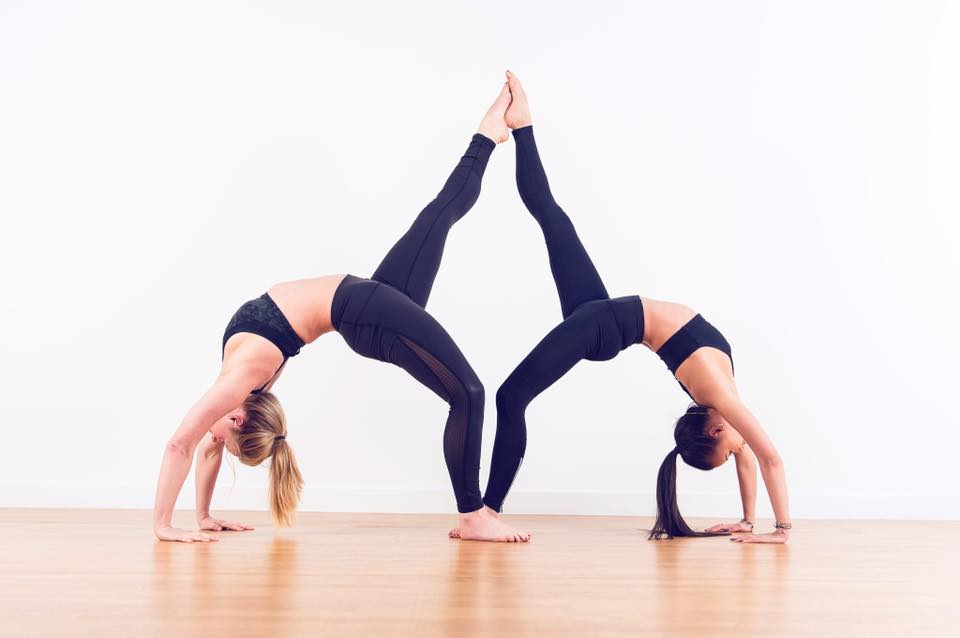
Yoga is
What is Yoga?
Yoga is an old, workmanship that has the point of taking the professional back to the genuine self. The antiquated sacred writings disclose to us that the genuine self is the condition of delight. It is a condition of internal bliss. The sage Patanjali who composed the ‘Yoga Sutra’ – an antiquated recorded content on yoga systematizing the framework to date – gave the meaning of yoga as ‘Yoga chili
Dhyana
Presently the following inquiry emerges what is reflection or dhyana in Sanskrit? Reflection is the stilling of the psyche by the stilling of the body.
Likewise pranayama – the breathing methods of yoga – intend to at present the breath consequently still the psyche.
Our meditational rehearses in yoga help us to beat the conscience. The sense of self is uniqueness. Be that as it may, as a general rule we are altogether associated and with yoga, we understand this association. The meaning of yoga is an association. Through the act of yoga, one understands the joining between you who you think you are, that is your individual awareness, and the you who you truly are – that is you are a piece of a preeminent cognizance. So as to rise above between the individual awareness and the incomparable cognizance one needs to defeat the self-image. Also, so as to beat the inner self we need what the Upanishad writings depict as Vivek Chudamani. This is the crown gem of the intensity of segregation over what is genuine and what isn’t. Thus we should almost certainly observe that truly there is no I yet that we are altogether associated.
We have to set up coming back to the genuine self – or what is self-acknowledgment. Self-acknowledgement is generally distinguishing yourself as harmony and bliss. When you have made this genuine recognizable proof you will simply transmit harmony and bliss.
The Chakras
One method for seeing yoga is as far as the chakras (vitality focuses inside us). Presently yoga goes for a definitive working of all the chakras inside us. This lifts us from individual awareness to preeminent cognizance.
The Vedas
Yoga is an old, workmanship that has the point of taking the professional back to the genuine self. The antiquated sacred writings disclose to us that the genuine self is the condition of delight. It is a condition of internal bliss. The sage Patanjali who composed the ‘Yoga Sutra’ – an antiquated recorded content on yoga systematizing the framework to date – gave the meaning of yoga as ‘Yoga chili
The antiquated logic of India was named Sanathana Dharma which can be interpreted as the importance the unceasing law. It saw everything known to man as being associated, as having an otherworldly association – that is a man, creatures, nature, the entire universe. In Vedic occasions – the occasions in which the Vedas were composed – the world was called Vasudevakudambakam which implies one world family. When we think about the world as one family, we experience genuine otherworldliness. The world around then was viewed as being past the distinctions realized by race, nation or religion. Otherworldliness is tied in with seeing the solidarity regardless.
The Paths of Yoga
Proceeding onward from this information, it is critical for us to comprehend that there are a few unique ways of yoga all of which lead us back to self-acknowledgment or inward joy.
Karma yoga is the yoga of activity. It is tied in with evacuating mala. There are two distinct sorts of activity or karma. Sakam includes searching for the product of one’s activities while nishkam is cleaner. It includes not searching for the product’s of one’s activities but rather acting through an unadulterated heart and unadulterated personality with no idea for desire. Carrying on with an actual existence of nishkam karma prompts a more joyful, all the more all around adjusted and quiet life.
Bhakti yoga is the yoga of commitment. There exists restrictive commitment, anyway, genuine dedication is what is expected to evacuate vikshep or shakiness.
Yoga is an old, workmanship that has the point of taking the professional back to the genuine self. The antiquated sacred writings disclose to us that the genuine self is the condition of delight. It is a condition of internal bliss. The sage Patanjali who composed the ‘Yoga Sutra’ – an antiquated recorded content on yoga systematizing the framework to date – gave the meaning of yoga as ‘Yoga chili
Raja yoga is the royal way. Similarly, as a ruler brings lawfulness into his kingdom, the specialist of raja yoga administers the kingdom inside – the kingdom of the faculties, so instead of being ruled by the faculties, the yogi is in a condition of harmony and has his/her faculties leveled out. The yogi brings lawfulness inside.
Vedanta
After the Vedic time of Indian theory, the Vedantic time frame started. Vedanta implies the finish of the Vedas – the time where information stops and self-acknowledgment starts.
Inside the Vedantic custom of rationality, we read that there are five layers over the cognizance which prevent us from relating to our identity. We are on the whole very gotten up to speed in these 5 layers that we think we are these 5 layers. These layers are referred to in Vedanta as the ‘panch kosha’. The word ‘panch’ signifies five and the word ‘kosha’ signifies envelopes or covers over our awareness. With the act of yoga, we move towards the deepest layer.
The principal layer is known as the nourishment body or the physical body. This is known as the annamaya kosha. It is our physical body made out of the nutrients we have eaten – protein, minerals, etc. Ordinarily, we distinguish ourselves with the physical body and don’t look past that. Notwithstanding when we are just taking a gander at the physical body understand that the sustenance we gobble makes up our body and our mind. In this way by eating steadily and furthermore by practicing we keep up a sound and thus upbeat physical and mental state.
The second layer is known as the pranamaya kosha and this is the vitality or etheric body. Prana can be called breath, oxygen or imperative vitality and identifies with the chi of Chinese reasoning. Oxygen is required for each cell of our body. Trees and plants discharge oxygen subsequently we feel invigorated when we are encompassed by and at one with nature.
The third layer is known as the manomaya kosha or the psychological body. From this understanding, we can value that the psyche and the body are associated. This is the reason we are physically progressively solid when we keep an uplifting viewpoint. Giggling and joy dependably makes great wellbeing.
The fourth layer is the gyanamaya kosha or natural body. This is the place we experience our intuition. The responses to the majority of our inquiries are found in all actuality in the fourth layer.
Furthermore, to be in the consciousness of the fifth layer is our definitive point as yogis – this is the happiness body – or anandmaya kosha. We experience this when we have risen above the inner self totally and have turned out to be mindful of who we genuinely are and our association with all the fixings. Yoga is an adventure that takes us from annamaya kosha to anandmaya kosha. When we have come to anandmaya kosha we at that point live in the euphoria body.
It very well may be said that reflection is training that enables us to go past the psyche and faculties to the more profound dimensions to see who we really are.
Inside the acts of yoga, asanas chip away at the sustenance body, pranayama takes a shot at the vitality body and dhyana or reflection takes a shot at the psychological body. Consequently, the three practices of yoga push us further and further towards the most profound kosha.
Turiya
A ‘turiya’ is an individual who has risen above the five Koshas. The Turiya state is simply the supernatural. It isn’t influenced by anything – neither preferences nor disdains. It is in a decent state. When we achieve this state – when we are in the ecstasy body – at that point we are passed both delight and torment. We practice yoga so as to move far from being the body, the brain, and the breath and simply move to be the individual within.
The Ashtanga
The raja yoga of Patanjali discusses controlling the psyche and henceforth the breath and thus the body. It has eight appendages joined to it – the Ashtanga. The word asht implies eight and the word anga implies appendages. The initial steps of the ashtanga are Yama and niyama. Yama is social standards and guidelines and niyama are close to home principles and guidelines. Simply these two appendages alone are sufficient to give one self-acknowledgment. Alternate ways of yoga likewise take one to self-acknowledgment, To examine these further, Yama incorporates ahimsa (peacefulness), Satya (truth and genuineness, asteya (non-taking), brahmacharya (working as indicated by the preeminent awareness – which prompts acting in equalization) and aparigraha (non-collection or a feeling of non-ownership).
Niyama incorporates such (tidiness including mental neatness), Santosh (satisfaction), tapa (grimness or self-restraint),
The eight appendages of yoga, the asthanga, are as per the following – Yama, niyama, asana, pranayama, pratyahara, dharna, dhyana, and samadhi.
Dharna is one sharpness where one is so centered around the object of fixation that every single other idea vanish.
Pratyahara is withdrawal from the faculties. Constant routine with regards to asanas and pranayama brings one to pratyahara. Every one of the methods of contemplation is pratyahara.
Samadhi is unity with the universe. When one has crossed dhyan and come to Samadhi, the familiarity with ‘I’ vanishes. There is just unity with the focal point of your reflection, and at last with the universe. At Samadhi the self-image vanishes and there is an acknowledgment that we are altogether associated.
Inside Samadhi there is savikalpa samadhi where a few seeds of ‘I’ are left and there is nirvikalpa samadhi where no seeds are left. In yoga, the point is to move towards nirvikalpa samadhi.
Kewalya
As per Patanjali a definitive point of yoga is towards kewalya where there is no arrival from samadhi. This is the condition of unity with the universe in which there is no feeling of self, no feeling of ‘I’, no personality and no attention to it to come back to. It is only a state where we understand how we are altogether associated and it is a condition of rapture since it is the place we have defeated every one of the connections of the delights and torments that connection to this material world brings. It is the place we interface with the preeminent self and experience our regular condition of delight. It is now where we have understood our actual self through the act of yoga.
Yoga goes past the simple routine with regards to asanas, past even contemplation and pranayama and in certainty conveys us closer to our unique condition of self-acknowledgement.
Shanti
Yoga instructs us to go further inside ourselves and in this more profound mindfulness, there is an incredible feeling of Shanti or harmony we would all be able to draw from. At last, as great yoga understudies, it is this feeling of harmony inside which we are on the whole scanning for.
 Bring Your Best You Your No.1 Healthy Lifestyle Blog
Bring Your Best You Your No.1 Healthy Lifestyle Blog



